The flavor and taste of espresso is characterized by the types of pure espresso.

Nowadays, with the vigorous development of coffee in China, three or two friends will find a comfortable coffee shop for leisure chat. Espresso is a necessary drink in almost every cafe, such as Qianjie stores offer American, latte, cappuccino, Australian white and other classic drinks, and many stores add a variety of excipients to make creative drinks. Today, Qianjie lists the most common espresso styles in coffee shops. Coffee novices can learn about it.
Espresso
Espresso Espresso, is the use of steam pressure, boiling hot water through the coffee powder, brewing a small thick and fragrant, golden foam floating above the pure black coffee liquid. Maybe we rarely see it from the coffee shop menu, but the daily American style, latte and cappuccino all have its participation, which can be said to be the soul of the coffee shop.
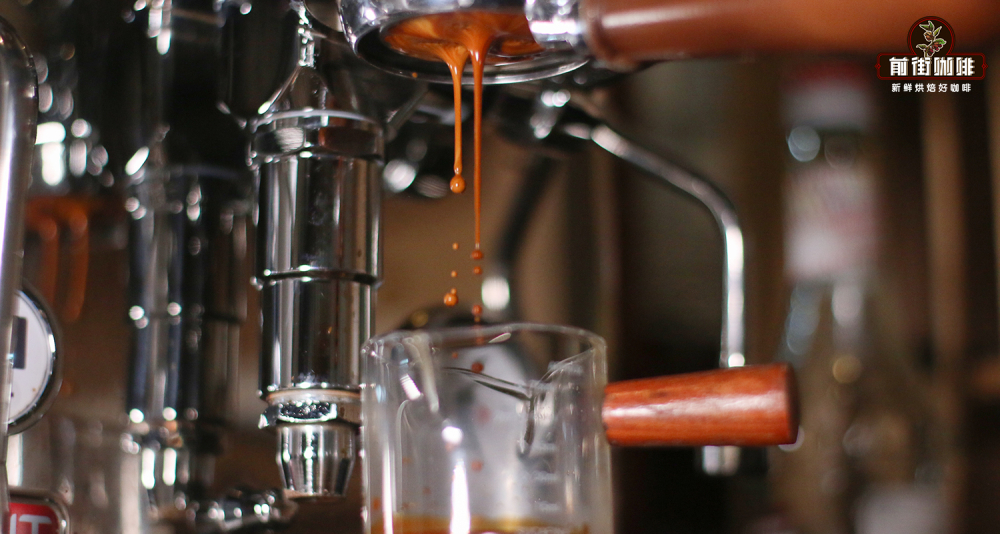
In the past, coffee was brewed by soaking, not only finely ground coffee beans, but also slowly extracted, which took at least more than ten minutes to wait. Espresso was invented in the early 19th century. In order to extract a cup of strong coffee in a short time, Italians thought of using steam pressure to extract it. In dozens of seconds, high pressure pushes hot water into the coffee pressed powder to get the soluble aromatic ingredients. Because of such a short extraction time and ultra-high pressure environment, the concentrated flavor is stronger. If you want to get a good cup of concentration, you need to be more rigorous in the operation, and the parameters of each influence need to be considered.
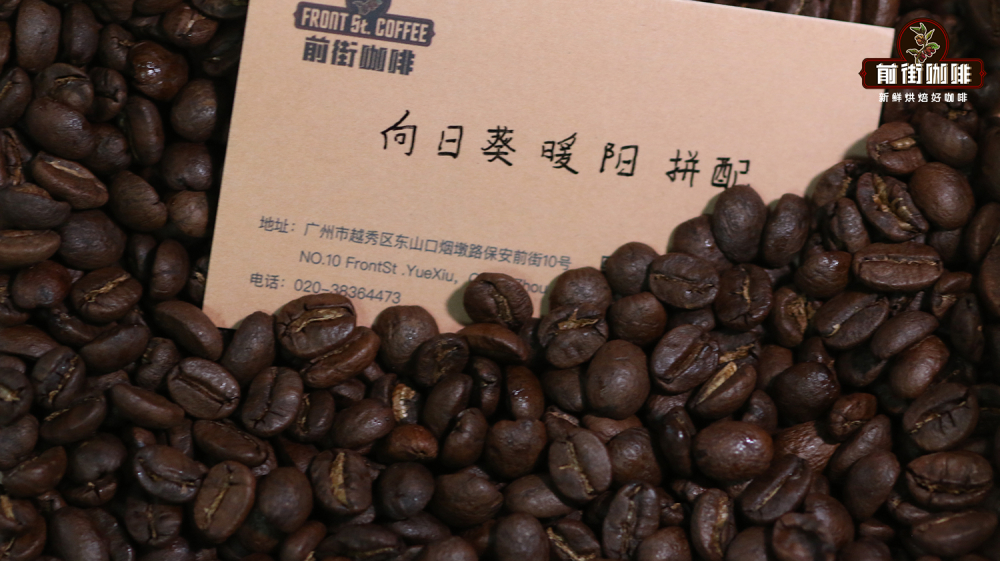
When a guest orders "give me an Espresso", the front street barista will start to produce the product, serving a cup of water and a small cup of rich coffee liquid with golden brown foam two minutes later. Drink a mouthful of water before drinking espresso so as not to affect your taste. A standard espresso has rich fat and mellow taste, but each coffee shop's espresso beans have their own characteristics. The Italian coffee beans used in the Qianjie store are a "sunflower sunflower mix" baked in Qianjie, which is made up of 30% sun Yega Shirley red cherries and 70% Honduran Shirley.
Enjoy a cup of freshly extracted espresso. In front of the street, you will first smell the aroma of coffee with full aromas of whisky, vanilla, nuts and cream. Can be drunk directly, can also add sugar, milk and other excipients. Gently stir the coffee liquid with a prepared metal spoon and drink the dense Cream (grease) in the first sip, full of baking aroma. Then the entrance is warm coffee liquid, you can feel the rich flavor of nuts, chocolate, berries and wine. Take another sip of water halfway to feel the sweetness in the mouth.
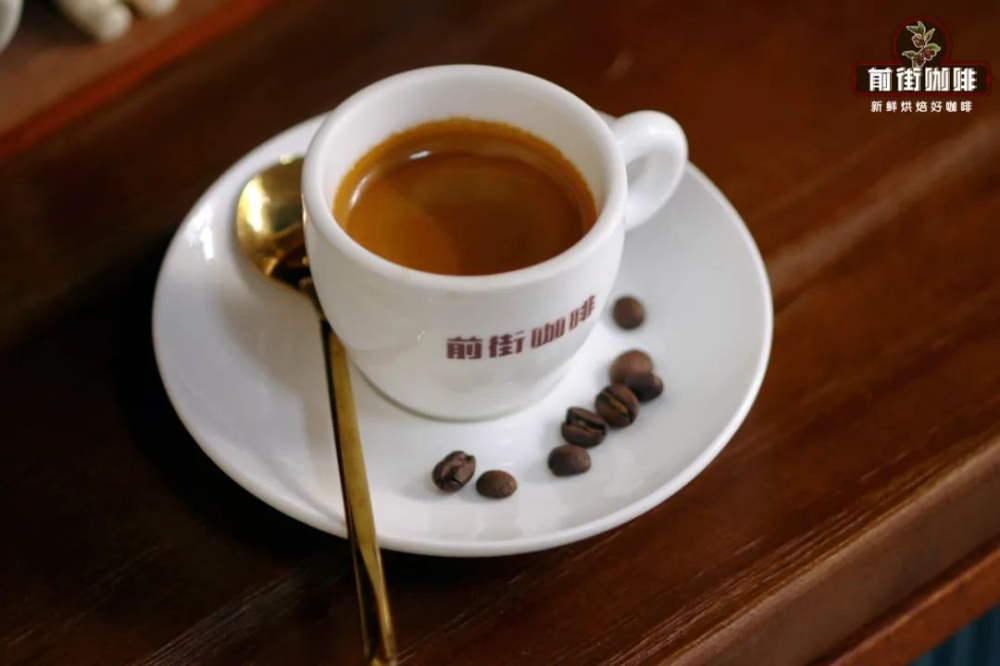
American Americano
American coffee is a kind of black coffee, which is composed of espresso and water without other ingredients. During World War II, coffee was so popular in the US military that Americans drank the bitterness of unaccustomed espresso and diluted it with water to reach their acceptable concentration. Later, in cafes opened in the United States, the Italians also "do as the Romans do" to launch "coffee with water" based on Italian concentration, and this coffee has been very popular ever since.

There is no fixed proportion of American coffee, each store will have its own production standards, the aim is to present the flavor and taste of the coffee. According to the proportion of Qianjie tried and prepared many times, 40g coffee liquid was poured into 240g 88 ℃ hot water, and the hot American coffee was made.
If ice American coffee is produced, the hot water will be replaced with 120 grams of ice and 120 grams of normal water, which tastes best before the ice melts. Ice American coffee in front street shows strong whisky aroma, sweet and sour berries, refreshing and greasy, so it is especially popular in hot Guangzhou stores, while hot American coffee highlights the mellowness of roasted nuts and chocolate, the sweet and sour fermentation of tropical fruits, and the aftertaste of vanilla.
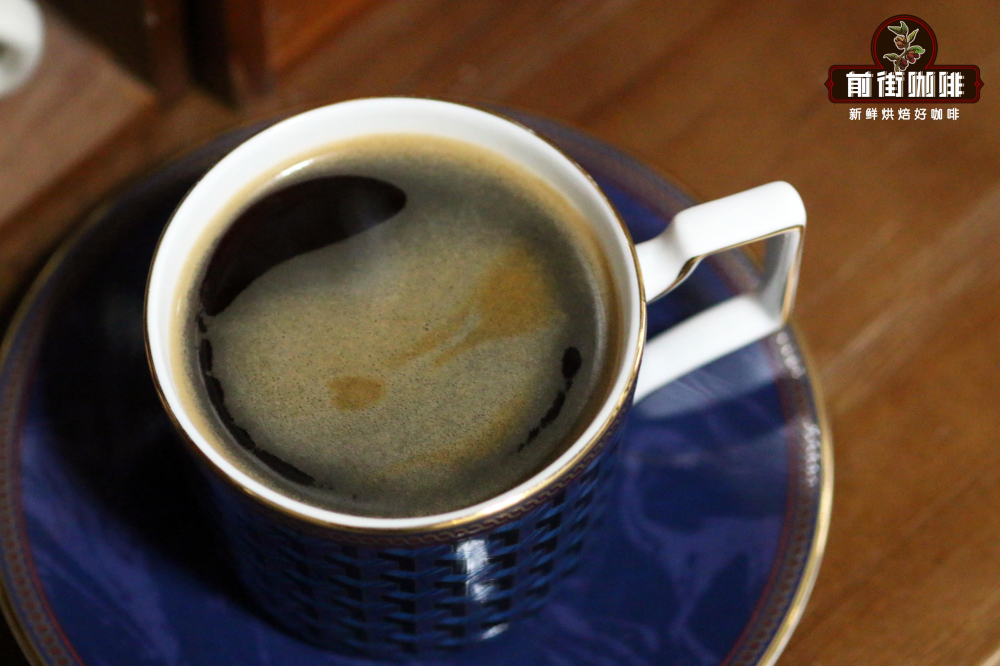
Latte Latte
Latte comes from the transliteration of Italian Latte. Latte is a kind of fancy coffee which is mixed with a certain proportion of milk in espresso.
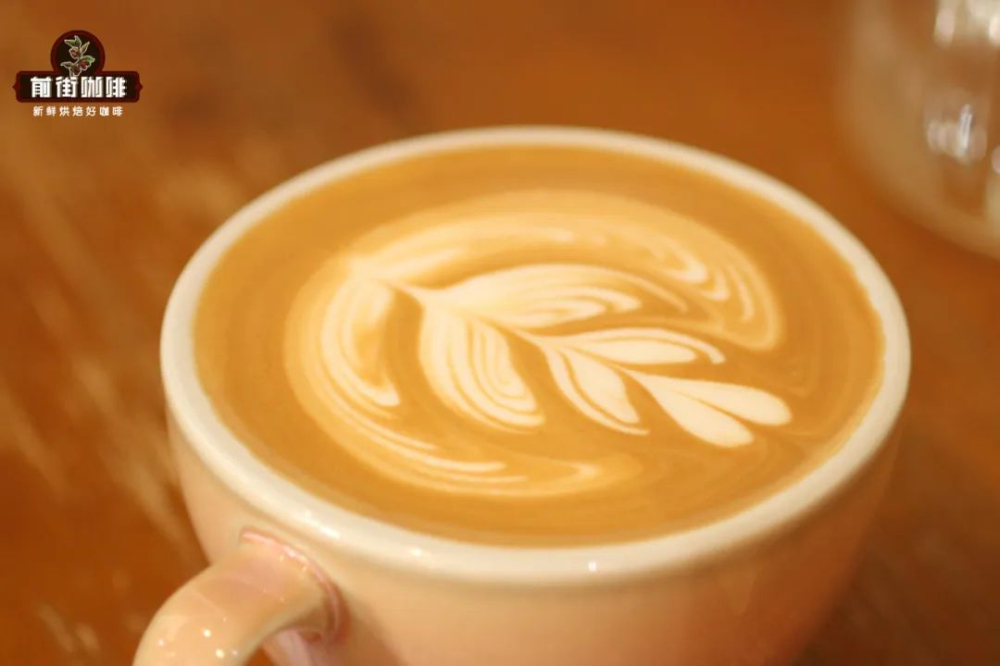
The original latte originated in Vienna, the capital of music, and Viennese began drinking coffee in the 17th century, when the Turkish army failed to attack Vienna and dropped 500 bags of coffee beans in a panic retreat. these beans became the raw material of the first coffee shop in Vienna (blue bottle). In order to cater to European tastes, coffee grounds are filtered and mixed with a lot of milk to make the bitter black coffee smooth and sweet, the taste fascinated by Viennese, and milk coffee is popular all over the world.
The raw material of latte is simple, only need espresso and milk, there is also no fixed proportion, most of which range from 1:5 to 1:8. The front street will use the ratio of 1:6, 40g espresso and 240g milk. When producing a hot latte, Qianjie will add espresso liquid to the preheated coffee cup, and then use Italian coffee machine steam to beat the milk. the milk temperature should be controlled at 55-65 ℃ to form dense and moderately thick milk bubbles, and then evenly mixed with the coffee liquid, the final lace is the icing on the cake. The hot latte on the front street shows the sweetness of wine chocolate and is as smooth as cream. Ice lattes in front of the street will be filled with 75 grams of ice + 25ml fresh milk, then 40 grams of coffee liquid will be extracted and sprinkled on the surface, reminding guests to stir well before drinking.
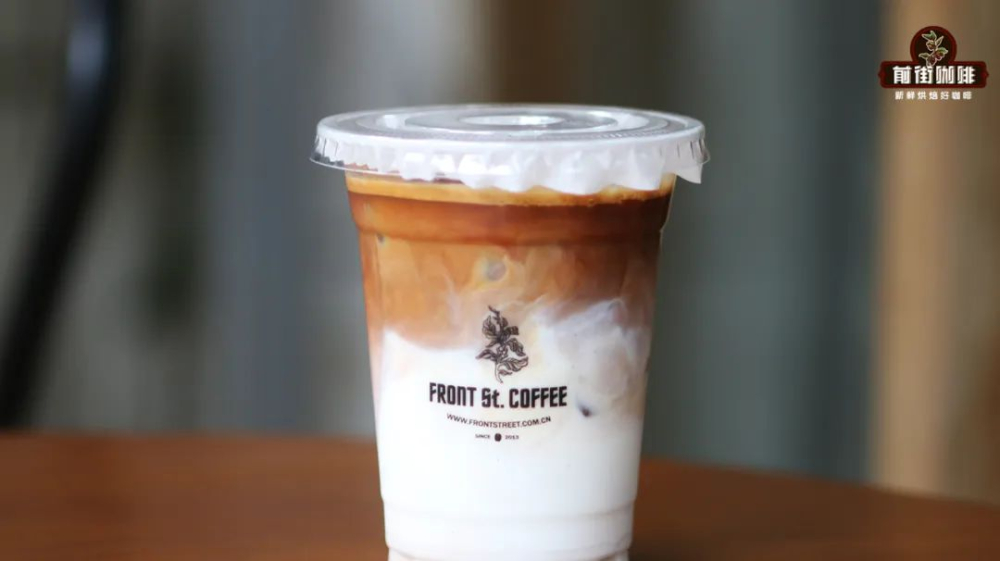
When it comes to iced lattes, Qianjie should talk about Dirty coffee, also known as "dirty coffee", which has sprung up since 2019. Pour the hot espresso on the frozen milk to form a distinct layer, and the concentrate sinks along the edge of the cup, giving people the feeling of "getting dirty". Generally speaking, the cup size of Dirty coffee is smaller than that of an iced latte, and Dirty usually needs to be drunk immediately in order to enjoy the special taste of "hot and cold alternation".
Cappuccino Cappuccino
Cappuccino is translated from "Cappuccino" and its name comes from St. Franciscan Church (Capuchin) and Italian headscarf (Cappucio). Cappuccino, similar to latte, is a kind of milk coffee and consists of espresso and whisked milk, but unlike latte, cappuccino has thicker, denser, less volume and stronger coffee flavor.
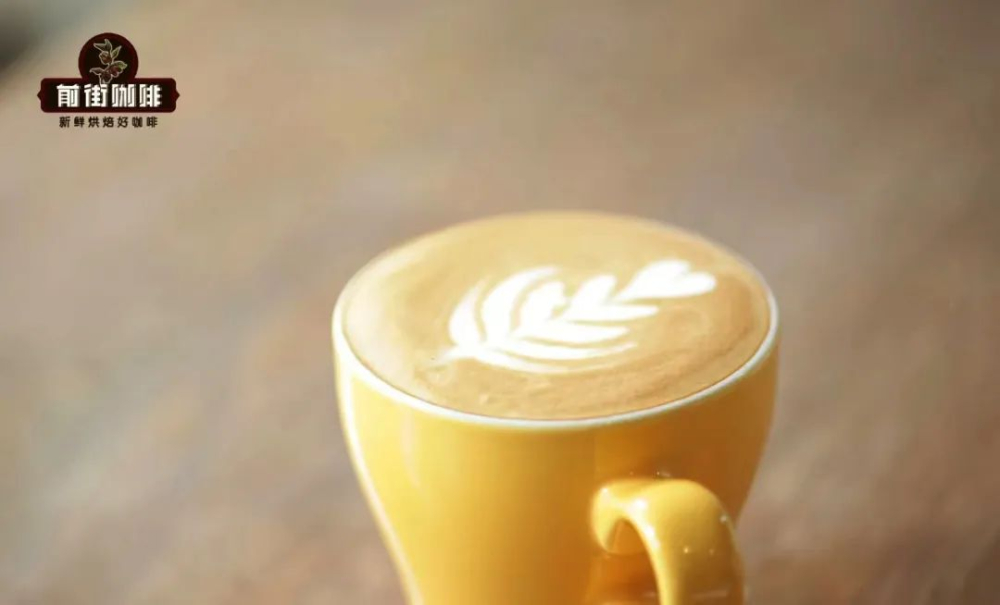
The traditional cappuccino is a blend of espresso, milk and milk foam at 1:1:1, so that cappuccino coffee is less bitter espresso, but more mellow and more easily accepted. In Italian coffee, cappuccino milk foam is the thickest, dense and delicate milk foam also adds a good taste. When making cappuccino, Qianjie Coffee chooses to use a 180 ml tulip cup, add one of the espresso that has just been extracted, and then add milk that makes thick milk bubbles.
Australian White Flat white
As for the origin of Flat white, both Australians and New Zealanders insist that it comes from their respective countries, and this is an inconclusive debate. Before the 1970s, coffee shops in Australia used French kettles, manual filtration and other ways to make black coffee. In the early 1970s, Italians brought espresso machines to Australia to officially start a new wave of coffee. Compared to traditional lattes, Australians pursue milk drinks with thinner milk bubbles and stronger coffee flavors. Since the 1980s, Australians have written Flat White on their fixed menu, which soon spread to cafes in Europe, America and other countries.
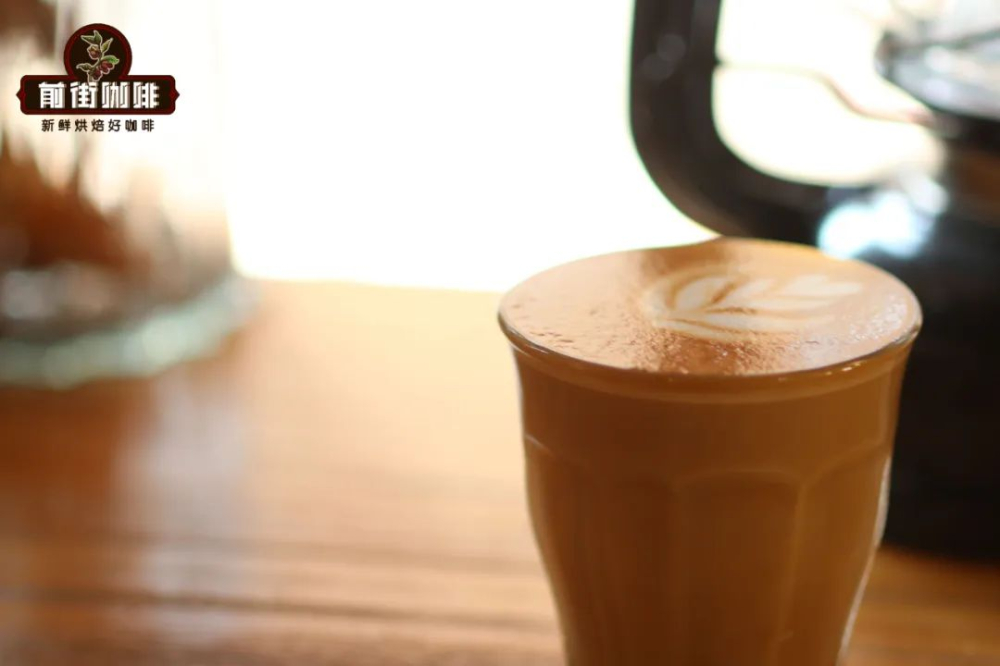
Qianjie Australian White Coffee is made by grinding 20 grams of coffee powder to extract 27 grams of coffee liquid, which takes 20 to 25 seconds, only the front and middle part of Espresso espresso, that is, Ristretto (refined espresso). Then pour the double Ristretto into a cup of about 200ml capacity prepared in advance. The ratio of coffee to milk is 1:5, which is about 150ml's fresh milk. Choose a flower jar you like and pour it into it to get rid of it. As the foam layer needs to be thinner and denser, milk should take in less air than lattes, and the temperature should be controlled at 55-60 degrees Celsius, which is better for the entrance. Finally, the milk will be evenly mixed into the coffee liquid, whether you pull flowers or not.
The Australian white coffee on the front street shows the aromas of vanilla, cream, chocolate milk, whisky heart chocolate, and sweet and sour berries.
Professional coffee knowledge exchange more coffee bean information please follow the coffee workshop (Wechat official account cafe_style)
For more boutique coffee beans, please add private Qianjie coffee on Wechat. WeChat account: qjcoffeex
Important Notice :
前街咖啡 FrontStreet Coffee has moved to new addredd:
FrontStreet Coffee Address: 315,Donghua East Road,GuangZhou
Tel:020 38364473
- Prev
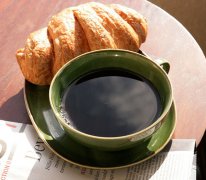
What are the benefits of drinking coffee regularly? what's good for your health?
Young people like coffee almost more than traditional Chinese tea drinking. What is in coffee and what is good for health? The editor has sorted out the following materials to facilitate everyone's understanding and reading. The time for Chinese people to drink coffee can be estimated until the late Qing Dynasty. For special historical reasons at that time, many Chinese people with lofty ideals went to study abroad, combining foreign education, customs and so on.
- Next

Commercial coffee machines are becoming more and more common.
Commercial coffee machine is becoming more and more common, because it is easy to buy, easy to operate, and has been recognized and loved by the majority of consumers. Walking in the aisles of subway stations, walking through large game airports, shopping malls and supermarkets, etc., you will find that the city is changing day by day, and there are more and more vending machines in the places.
Related
- Beginners will see the "Coffee pull flower" guide!
- What is the difference between ice blog purified milk and ordinary milk coffee?
- Why is the Philippines the largest producer of crops in Liberia?
- For coffee extraction, should the fine powder be retained?
- How does extracted espresso fill pressed powder? How much strength does it take to press the powder?
- How to make jasmine cold extract coffee? Is the jasmine + latte good?
- Will this little toy really make the coffee taste better? How does Lily Drip affect coffee extraction?
- Will the action of slapping the filter cup also affect coffee extraction?
- What's the difference between powder-to-water ratio and powder-to-liquid ratio?
- What is the Ethiopian local species? What does it have to do with Heirloom native species?

